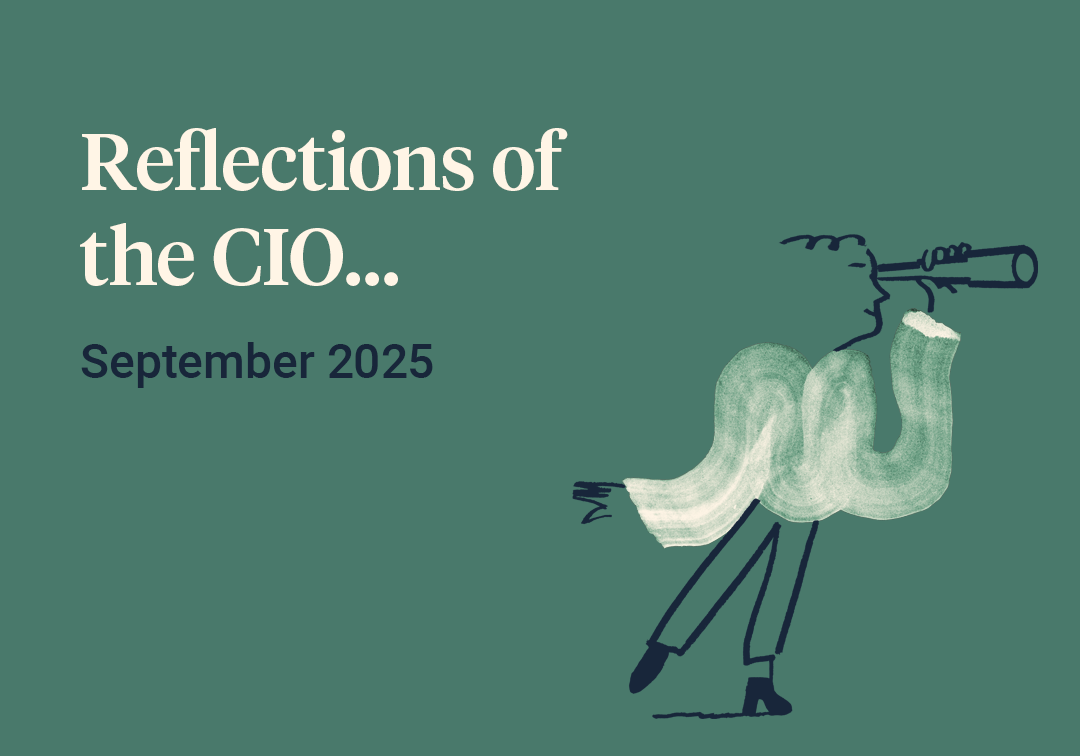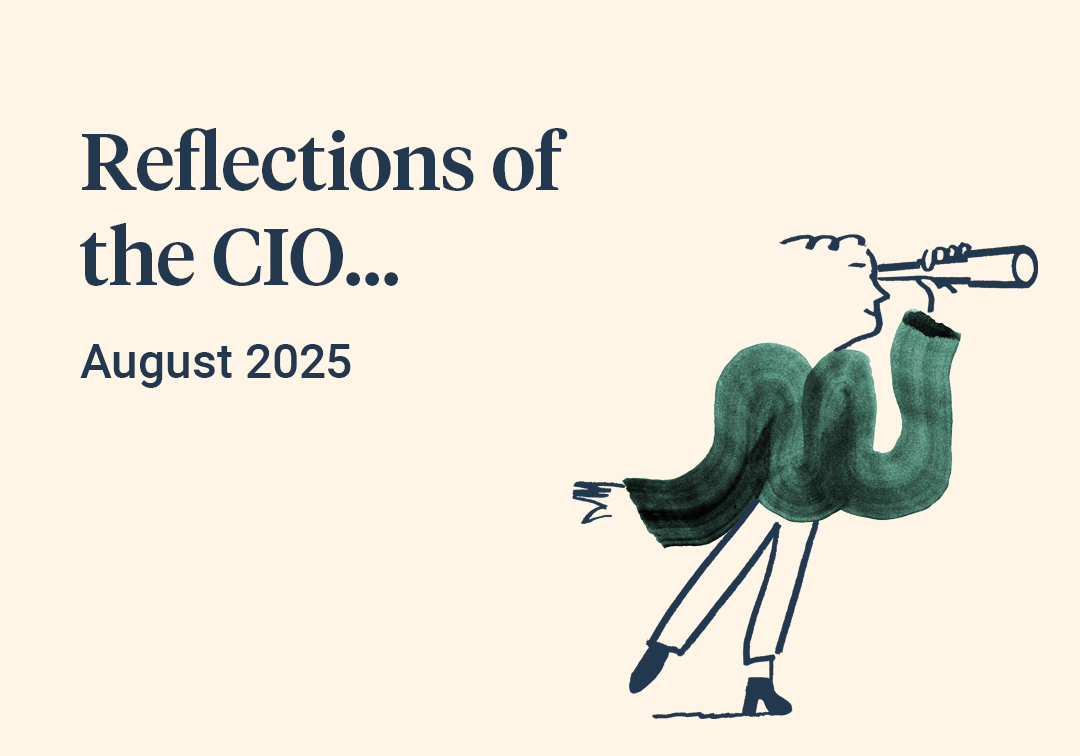May was a strong month for equity markets, as a combination of events acted to slow the implementation of new US trade tariffs – a policy announcement that had so roiled markets less than a month before. This time, the immediate catalyst for market strength was a sharp de-escalation in tensions between the USA and China, culminating in the postponement of punitive trade tariffs for several months.[1] These actions built upon previous 90 day pauses announced in April, which had applied to the rest of the world excluding China, and gave investors, markets and governments some space to breathe after the shock of ‘Liberation Day’ when this new trade policy was first revealed.
In addition, the administration swiftly reversed its threat to impose 50% tariffs on the EU (within a day to be precise) and, to cap it all, towards the end of May, a US trade court ruled that President Trump’s actions in using emergency powers to implement tariffs were unlawful in the first place.[2] The result of all these events was firstly, one of the strongest May rallies in the US equity market in 35 years and, secondly, the widespread use of a new four letter acronym – TACO – to explain the market’s thinking (at least from the point of view of financial journalists trying to report on these rapidly changing events).[3]
TACO – aka ‘Trump Always Chickens Out’ – was attributed to the Financial Times journalist Robert Armstrong, who used it in his column in early May to describe his view on the prevailing market narrative.[4] By the end of May, it had morphed into a global shorthand description of market performance, investor thinking, and the future outlook. In the TACO narrative, risk assets were rising because President Trump’s ‘bark’ really is much worse than his actual ‘bite’. In other words, the US administration is developing a habit of chickening out of its policy rollout when put under pressure by markets. If we extrapolate this narrative, then ultimately the end point would be a level of tariffs that markets could live with (i.e. a watered-down version of the initial rollout). Coupled with ongoing, generally solid global economic data, the mood had now definitively shifted to ‘risk on’ in May.
This is certainly a plausible narrative, but unfortunately, in our opinion, not quite as simple to achieve as a four letter acronym would imply. Perhaps most obviously, this US administration is consistent in stating that tariffs form a core part of its reform and revenue raising agenda. The trade court decision was also quickly reversed by a higher court, pending the appeals process, leaving everything as it was before – at least for the moment. The administration has also made clear that other legal tools will be used to deliver on the tariff objective, if the initial route is blocked. A pause for negotiation is also clearly not the same thing as a trade agreement, leaving plenty of room for unfriendly market outcomes if the USA and China cannot come to acceptable terms.



